|
I had the pleasure of speaking at the 2017 Massachusetts Art Education Conference "Shaping Human Potential" at UMass Amherst. If you would like to view my presentation slideshow, please click HERE or click the picture below! Making the SwitchOver the past couple of years, I've realized that something had to change. There was more than one moment when I had finished hanging up a beautiful display of student artwork, and as soon as I stepped back to admire the display, I realized that even though I had given my students choice within the assignment, all of their work looked very similar. It was sometimes hard for me to distinguish which piece belonged to which artist. There were also times when students would ask me if they could do something new and different with their project. In one particular instance, I had my students do a project that focused specifically on expressive line and positive and negative space through the use of black and white contrast. In the middle of the project, one student excitedly asked, "Can I add watercolors onto this when I'm done?" Of course, my first instinct was to respond, "YES, go for it!!" But my inner traditional art teacher hesitated... the project was specifically black and white because we hadn't talked about color yet, and I wanted them to practice black and white contrast first. I gave the student an ambiguous answer along the lines of "Well, maybe... we'll talk about it later." But ever since then, I kept asking myself... why couldn't that student have tried something new and experimented with watercolor, if they had already grasped the other concepts? What made me feel like I had to say no, when the answer could have easily been yes? After hearing about Teaching for Artistic Behavior (TAB), I had finally found an answer. I'd heard about TAB at the regional and national conferences over the past year. The idea was created by Katherine Douglas and Diane Jaquith with a three-sentence curriculum: What do artists do? The student is the artist. The classroom is their studio. TAB is a pedagogy that facilitates independent learning, creative decision-making, and divergent thinking. The idea of learner-directed and choice-based education made so much sense to me; it would give me the freedom to encourage and nurture those sparks of deviation and risk-taking, rather than restricting creativity within the criteria of a project. As a bonus, there has been a recent emphasis on UDL and choice education in our district. So I decided to learn as much as I could.
Preparation: Stations
Collage / Mixed Media Station Drawing Station: Still Life Objects Shoes, hats, shells, rocks, plastic fruit and flowers, pinecones, skulls, hands, dinnerware, utensils, etc.
Drawing Station Pencils, graphite sticks, charcoal, charcoal pencils, dry pastels, oil pastels, protractors, compasses, human drawing references, still life objects, sharpeners, erasers, tortillions, drawing paper, etc.
Curriculum & StructureWhile the vast majority of the TAB classroom is learner-directed, I have adopted skill-builders called "Bootcamps" from Ian Sands - for the first week or two, learning is mostly teacher-directed as students develop the skillsets they will need for open studio. For example, in Drawing and Painting, the first couple weeks are dedicated to learning about line and form, values, color and painting, figure drawing, and space, and the first days of Art Explorations are dedicated to exploring various media - drawing/painting, collage, printmaking, and sculpture. After Bootcamp, the first five minutes of the next few classes are dedicated to important topics in art, such as plagiarism, idea generation, and the meaning of art. The trick to these Bootcamps is never to talk more than about 5 or 10 minutes - I've found that students' understanding and retention are comparable, if not better, than when I spend 15 or 20 minutes talking about the same thing. I really liked the idea of taking the first 5 minutes of every class to introduce a new artist or technique to start the day. However, I haven't quite found the best way to do this because sometimes it interrupts the natural flow of the classroom. For now, I have been posting interesting artists and ideas on their Seesaw pages (our classroom app). AssessmentThis was one of the biggest questions I had about TAB... if there aren't projects with measurable goals and criteria, how do I grade? The answer turned out to be simple: Engagement! As long as students are engaged, they are learning, growing, and reflecting. Click here for the Google Doc. This rubric has been modified from an Engagement Rubric by Ian Sands. Seesaw I have been using the app Seesaw for documentation - it's just like Instagram for the art classroom! At the end of the class, students take a snapshot of whatever they worked on that day and post it onto their Seesaw page. This is extremely useful for tracking students' progress and getting a better understanding of their work. ChallengesContinuous Disengagement The most prominent (albeit rare!) challenge had was continuous disengagement from a handful of students. I had a total of 68 students in Term 1, and at the beginning, I had a total of about 85% engagement overall. Most were in Drawing and Painting (an intro class), and about 10 of these students experienced sustained disengagement, where they would seem to get so discouraged or distracted that they did not create anything during class time. When I asked what they wanted to do, they usually told me they didn't know, or they didn't have any ideas. Using the following solutions, I was able to make some progress and reach 97% full engagement overall. From the original 10 students, 7 are mostly engaged for the duration of each class period, 2 are somewhat engaged or compliant, and 1 is still consistently disengaged - I'm not giving up yet! Solutions
Classroom Cleanliness Organizationally, the classroom is in a much better place than it was before. But I've noticed that with the open studio format, things seemed to be even messier because students were using all different kinds of things around the classroom. The sinks were a disaster all on their own, no matter how many times we went over the cleanup procedures, and even when each student was assigned their own supplies. Crumpled paper towels and paint-filled brushes and palettes everywhere. Solutions
Successes!Overall, using TAB for the first time was an OUTSTANDING success, even more so than I had expected or hoped for. Student Learning and Growth With choice, students have the freedom to learn more about what interests them, and therefore their growth naturally happens. Here are a few notable progressions: Annie Nic "Looking back at my previous work from the beginning of the class, I didn’t seem confident with extending out of the boundaries from simplistic pencil-on-paper pieces lacking expression. This was in part due to my understanding that I was not an artistic person, and in part due to my lack of objective motivation for completing new works of art. It was difficult to find inspiration at first because I was unaware of the different art techniques that could be used to convert any normal objects into abnormal expressions. As the class developed over time, and as I acquired new art skills, I started to create pieces centered around value and depth. I began to enjoy how defining different parts of a piece distinctly produced an effect of realism. I then began shifting my artwork from technique-based creations to passion-based creations: I started conveying my love for the sciences in my art. I drew pieces of the International Space Station, I sculpted a Tesla Model S out of air-dry clay, and I put a lot of time and emotion into painting a realistic surface of Mars as an exposure piece. Over the past 9 weeks, my work in art has ultimately grown in my connection to the pieces I have created: I have become much more confident that I have some scale of artistic ability, and art in this class has become less of a chore for me and more of a relaxing morning activity.... I responded to challenges in my work by learning about and applying new media... I worked through these problems simply by learning about recovery techniques in art, and I learned these things over time by asking the teacher for advice.... Overall, I am happy to have taken this class, as I learned valuable techniques that will carry through in my artistic side as I enter college." Pyper "My work has really grown over the past weeks because I think that I have become a lot neater with my sketches and coloring then before, and I am trying to draw new things.... I made my pieces unique because I really tried to add my own style and ideas into characters I was drawing, such as ninja turtles. For example, when I was drawing my ninja turtles, I always use a specific face shape and eyes that are very important to me. Also, when I faced challenges, all I had to do was keep going. I would give up sometimes, but I would try my best to get other projects done and review what I could do better next time." May 2018
Overall, implementing TAB was an overwhelming success, and this was clear throughout the entire school year. Students finally have the freedom to explore, take creative risks, and express ideas that are important to them, creating learning experiences that are so much more meaningful and authentic. This complete freedom of choice makes art entirely accessible to students of all skill levels and backgrounds; art is finally reaching those who might not have considered themselves artists before this year. I am learning so much more about my students than ever before, and they teach me something new every day. Rather than displaying projects in the glass cases, I'm displaying unique art by each individual student. I'm so glad I switched to TAB, and I can't wait for next year!
4 Comments
Found your website super helpful. I have been teaching high school art for 5 years and am on the hunt for fresh ideas. See Saw, the rubric, and art traps are just the ticket for resources and accountability tracking. So grateful you have shared this priceless info. Wondering if you have tips for icebreaker 1st week of school art experiences. i am already a TAB facilitator. Needing some tweaking. Also, want to focus on collaboration, community, and environment.Thank you much for such a gift.
Reply
10/28/2019 03:05:50 pm
May I use some of your presentation in my presentation about TABs if I credit you? Thanks!
Reply
Leave a Reply. |
About Kostich ArtRebecca Kostich is an art teacher at Groton-Dunstable Regional High School in Groton, MA. |
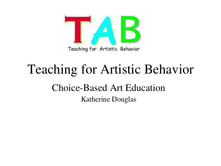
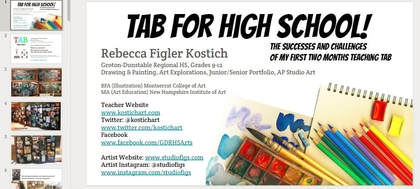
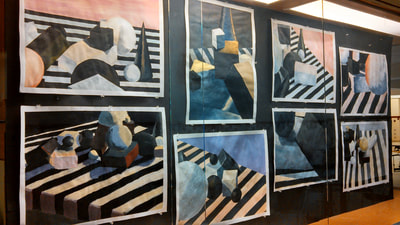
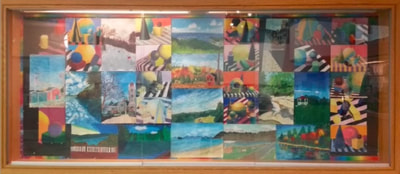
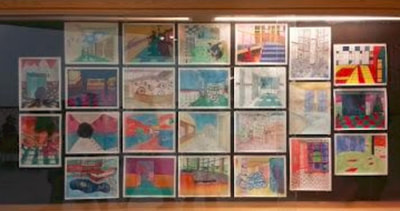

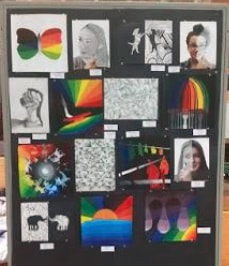
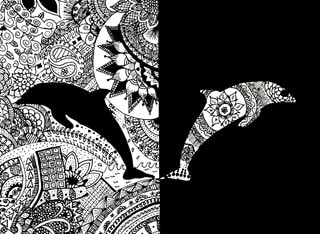
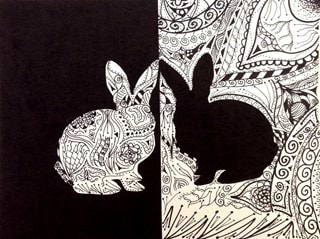
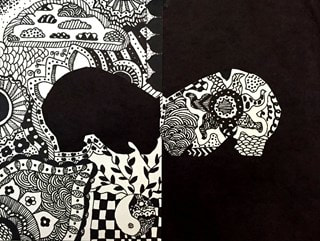
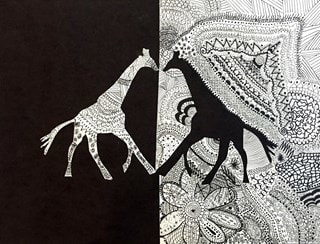
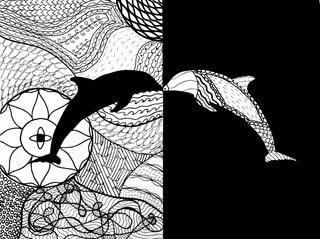
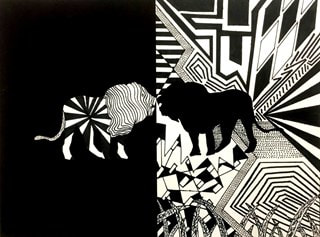
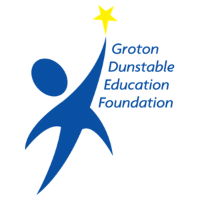

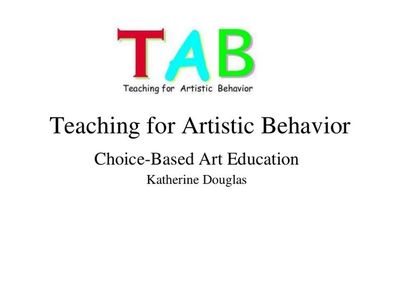
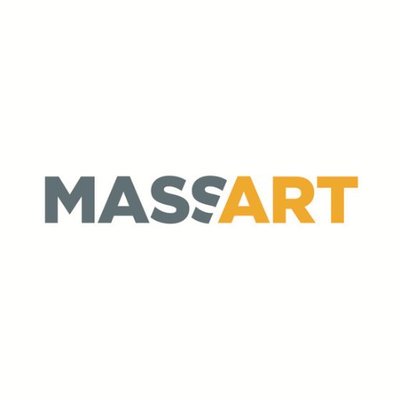
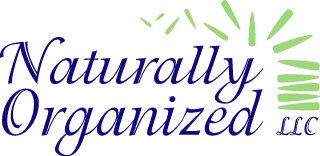
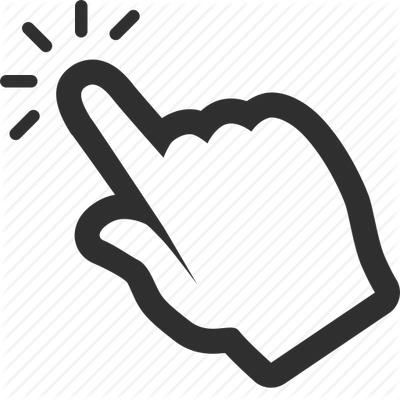
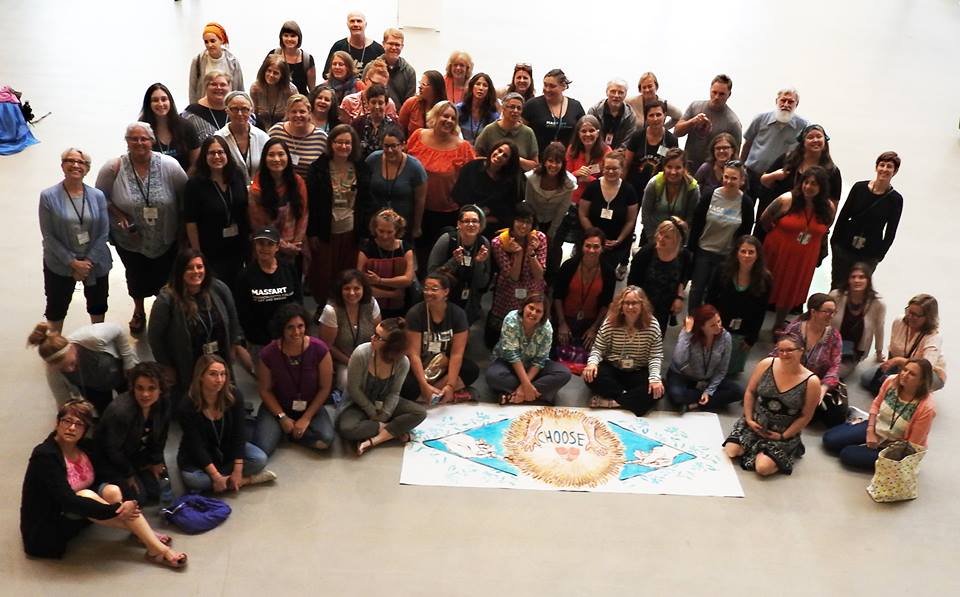
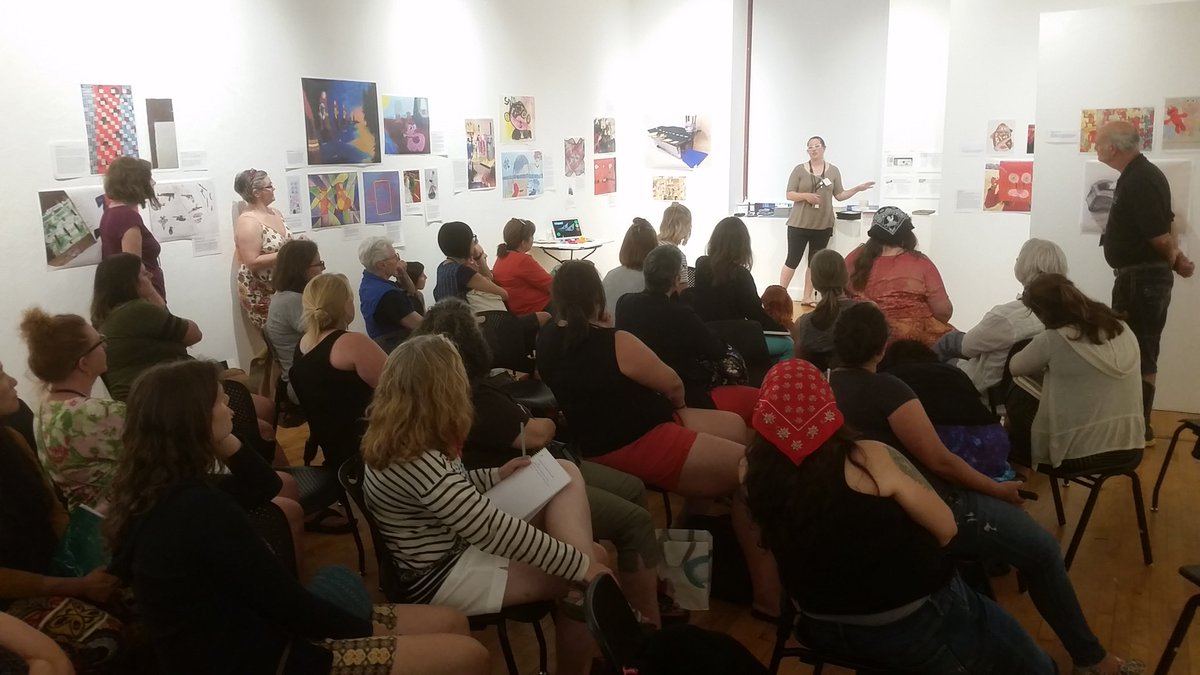
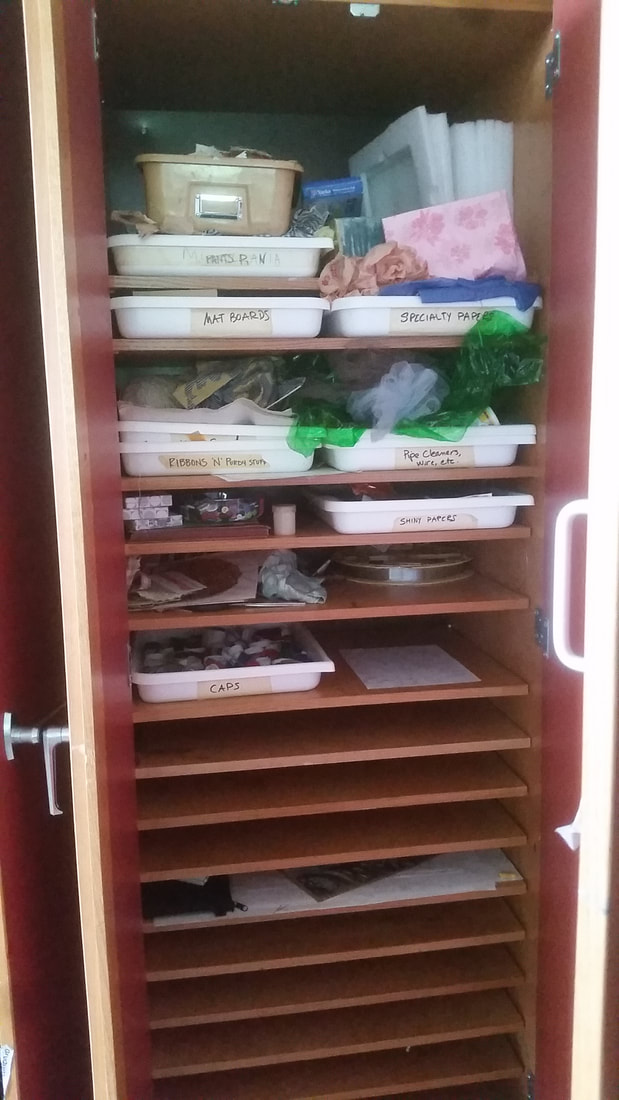
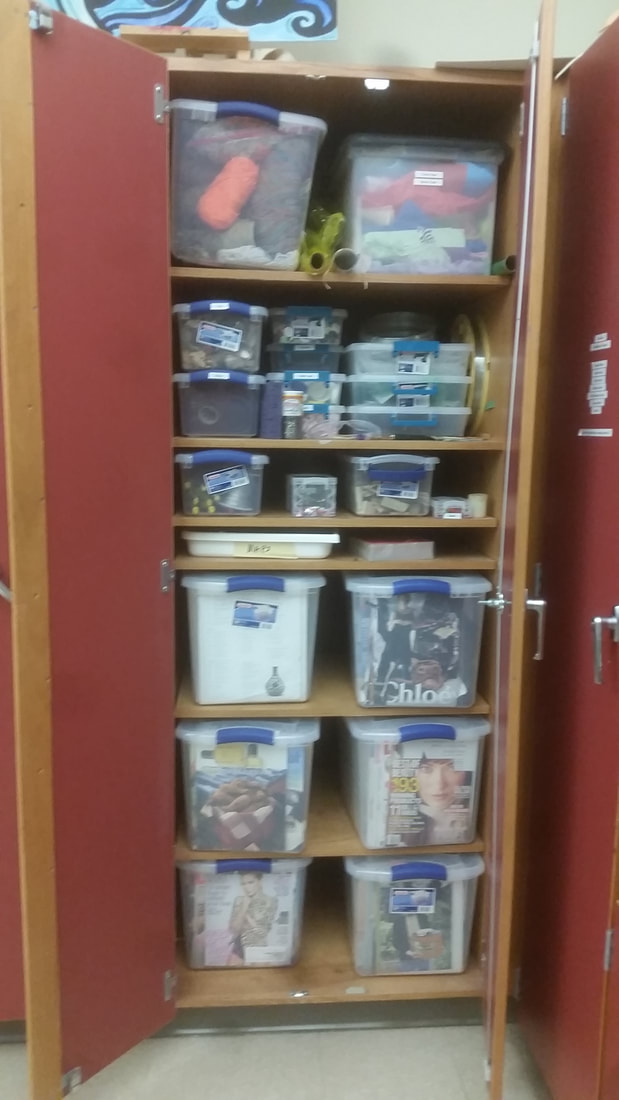
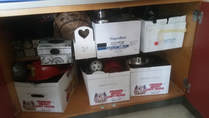
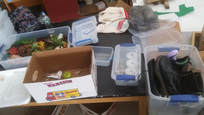
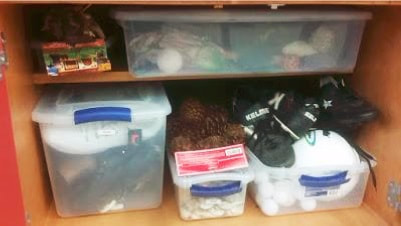
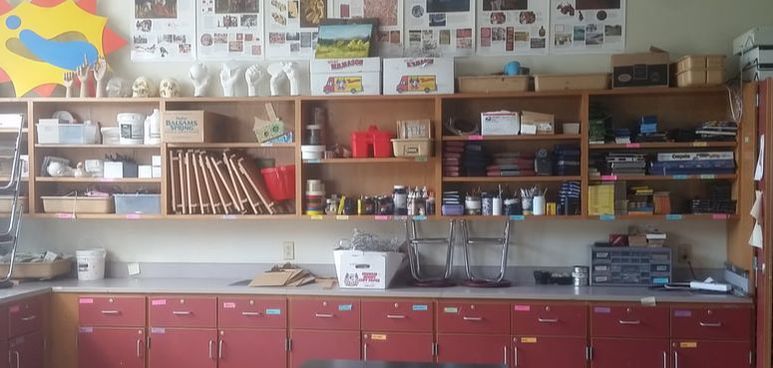
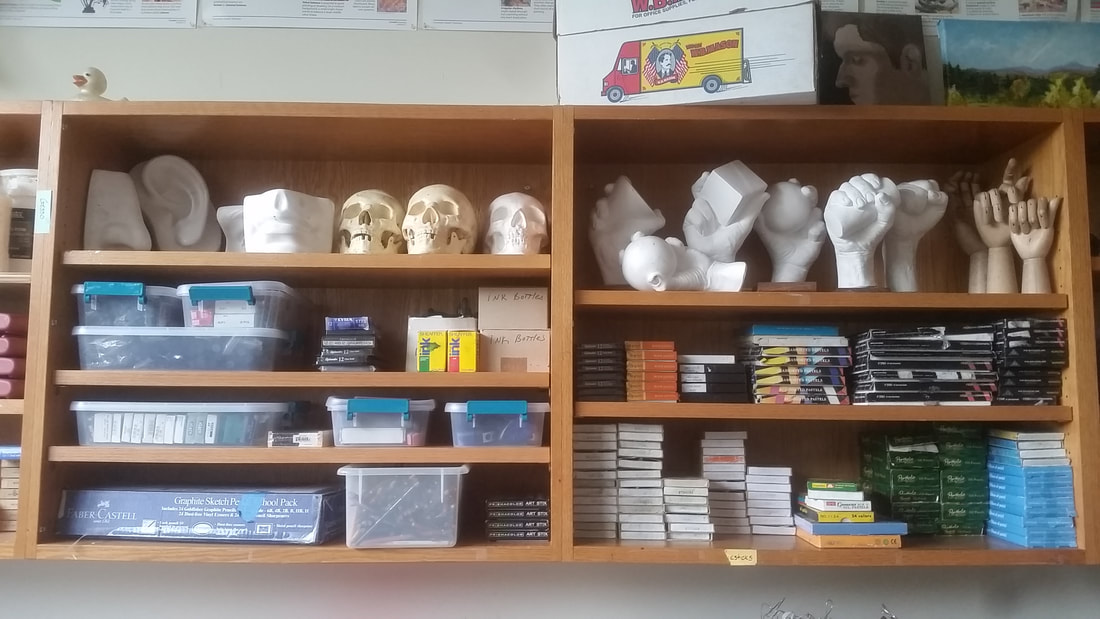
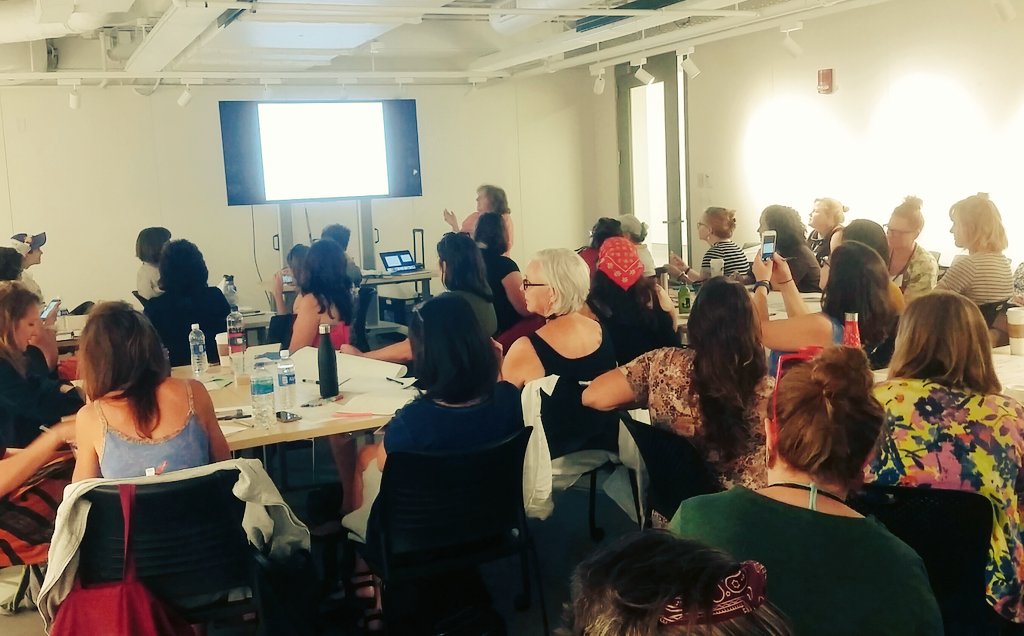
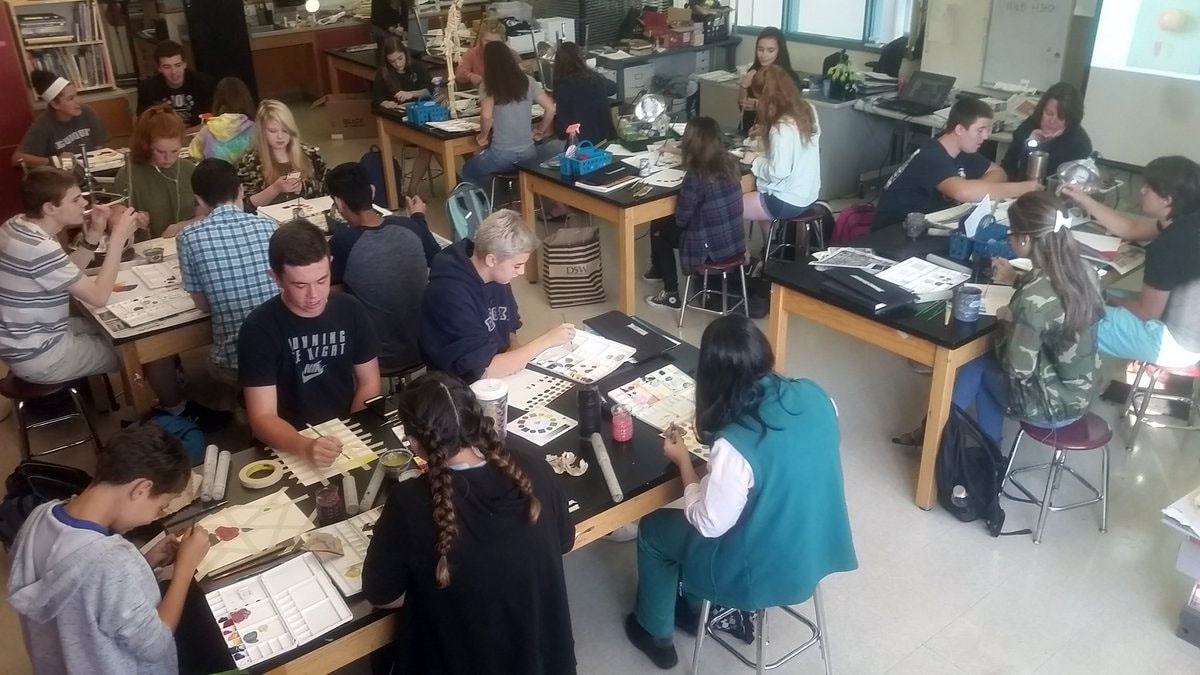
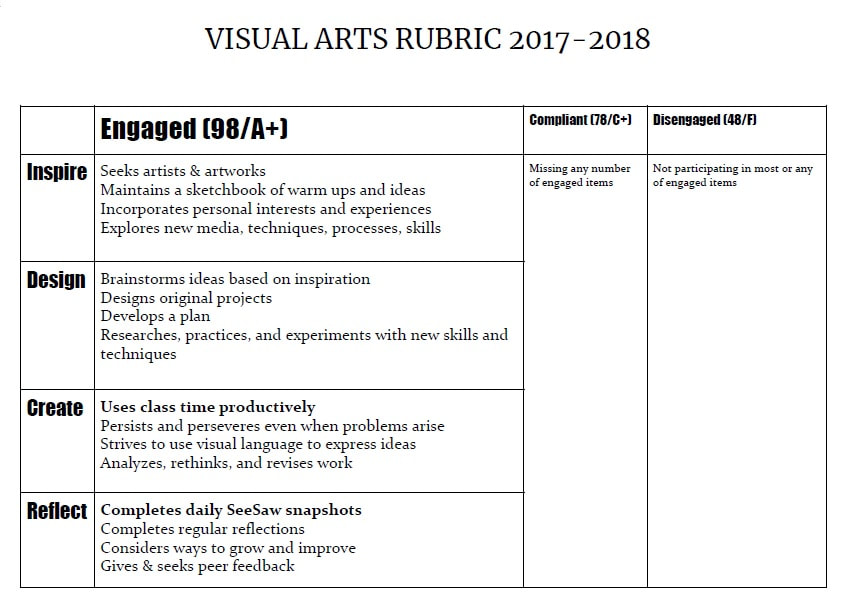

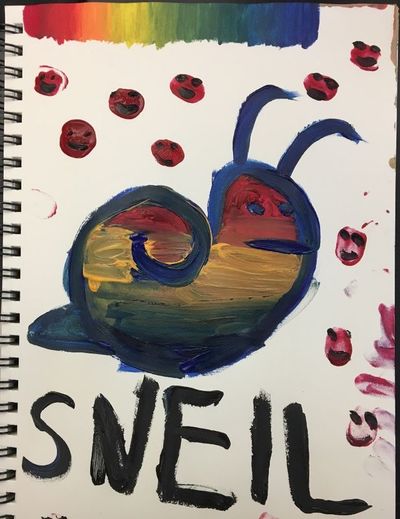


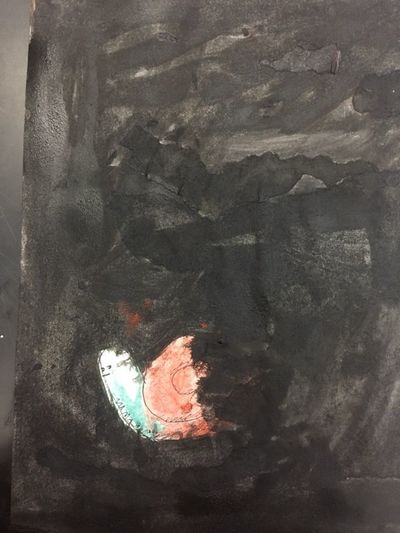



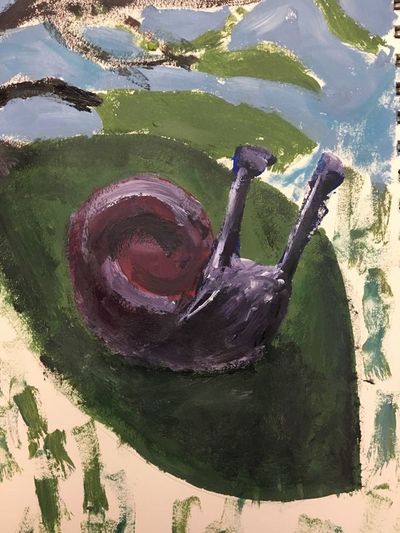
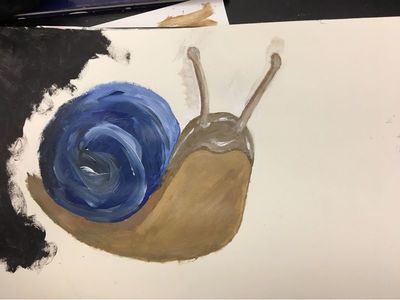
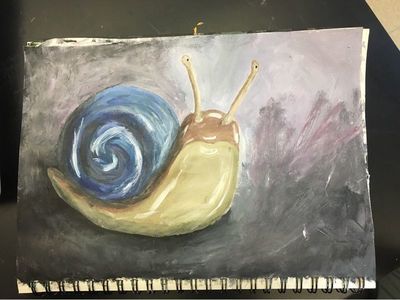
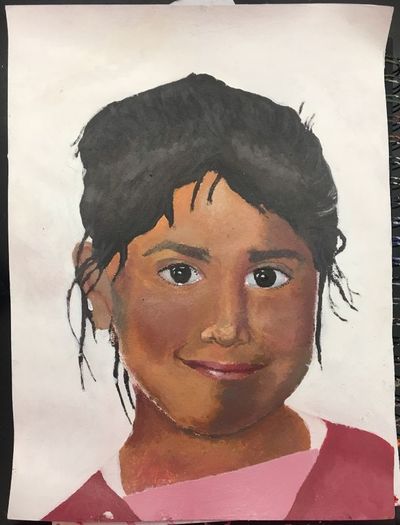
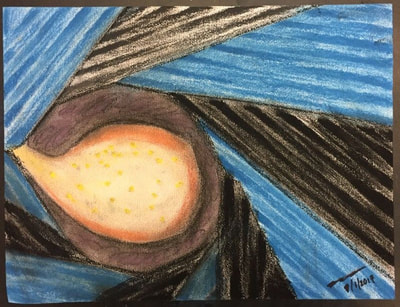

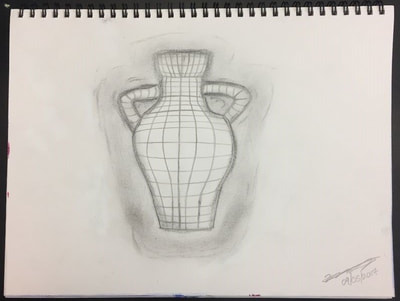
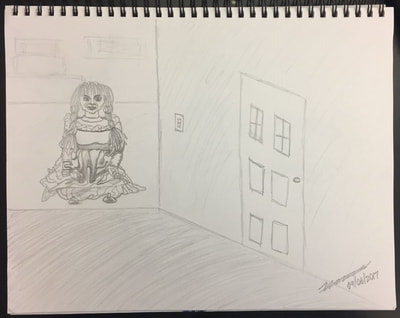
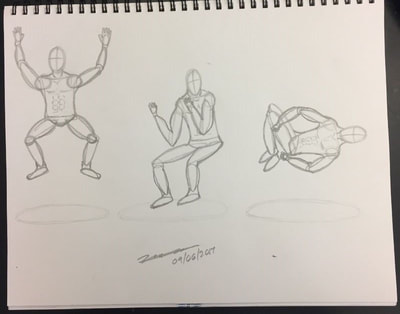
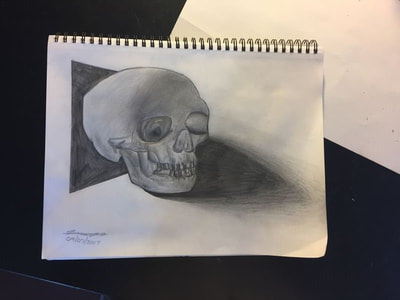
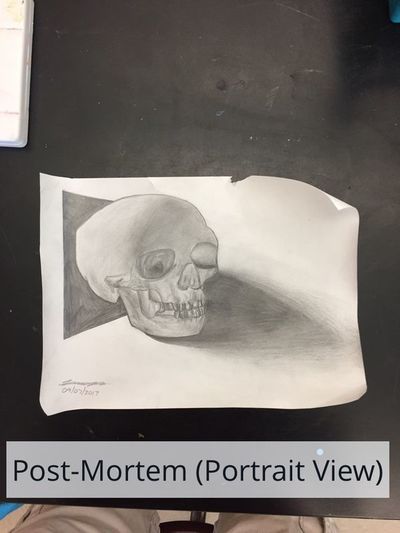
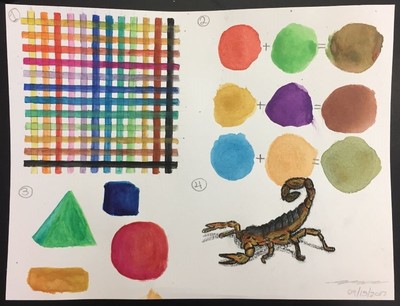
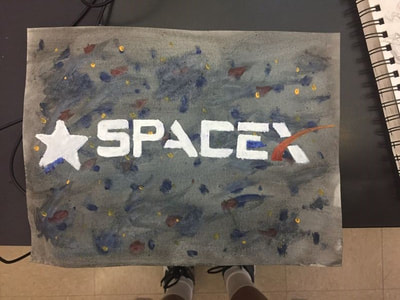
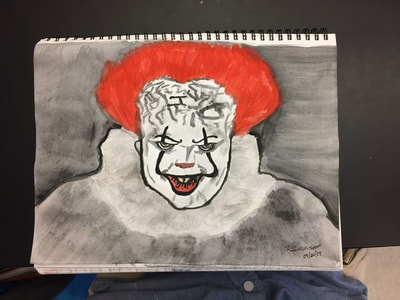
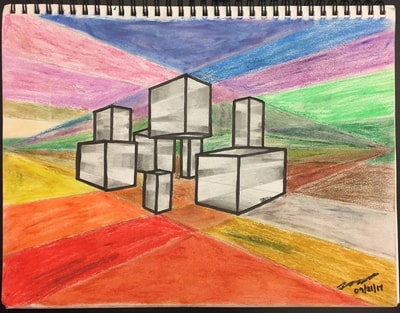
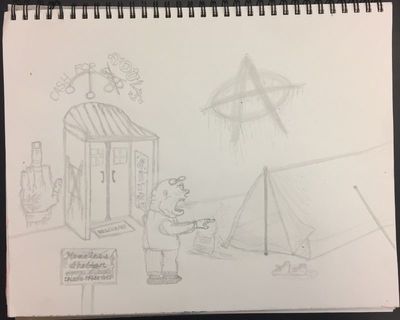
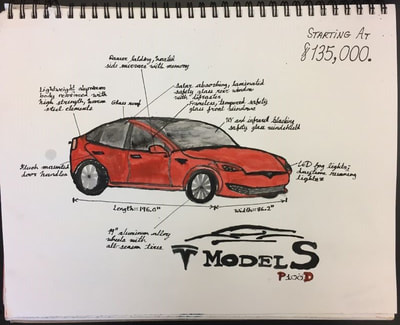
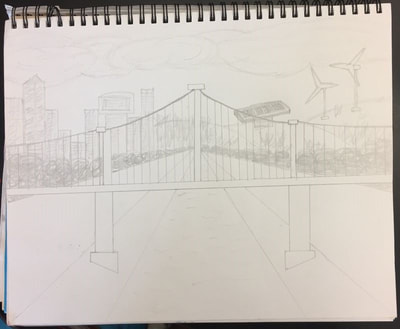
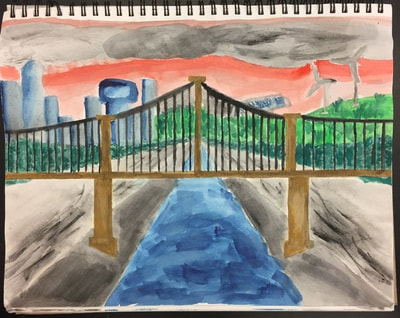
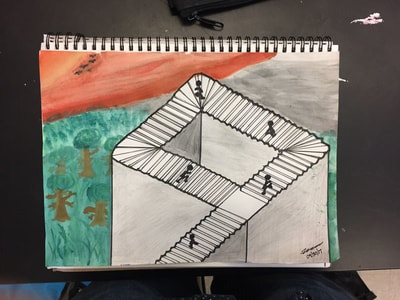
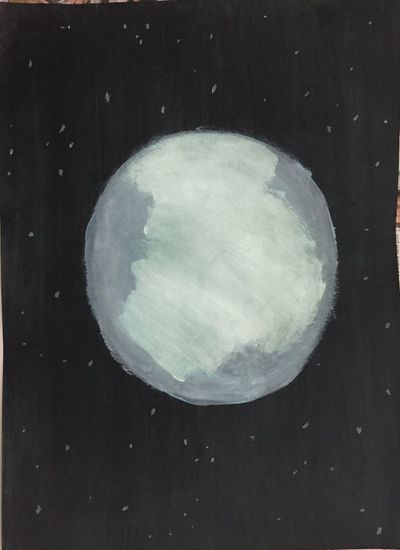
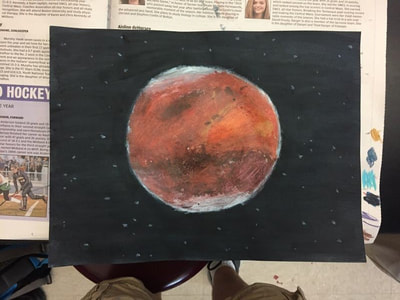

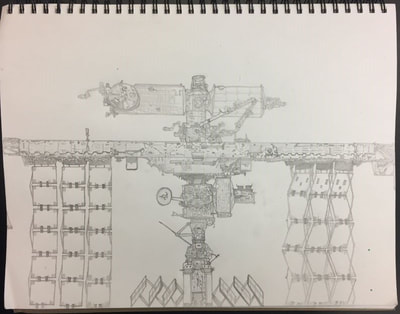
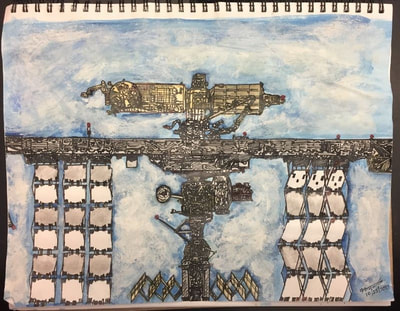
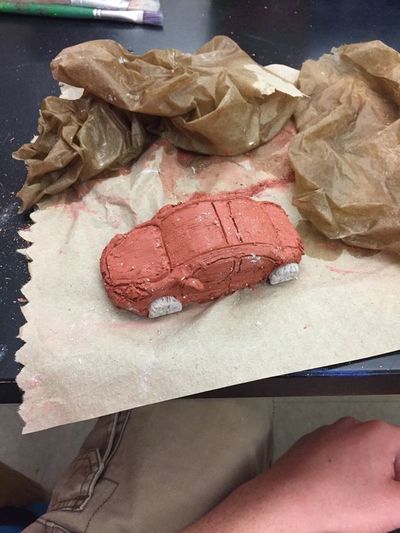
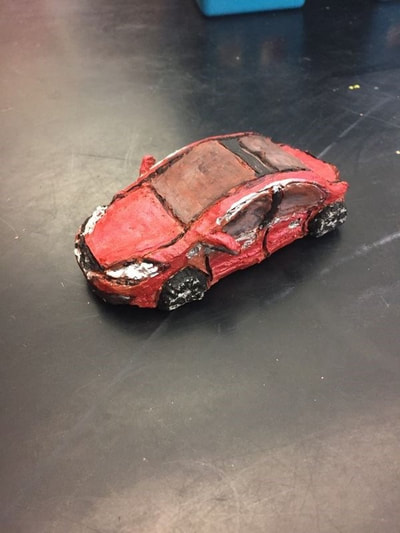
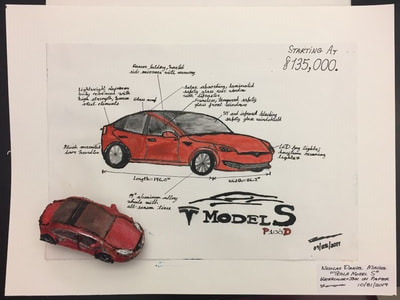
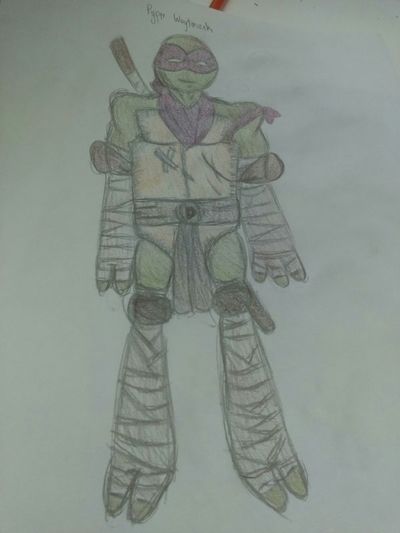
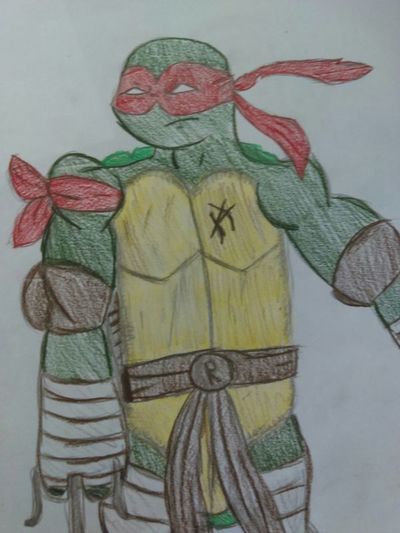
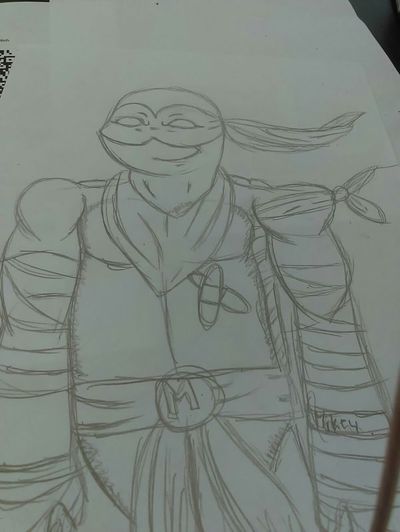
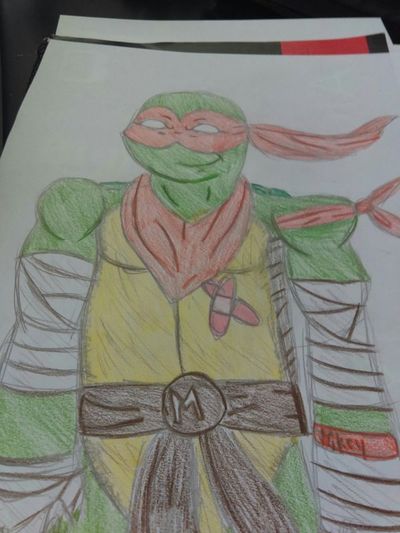
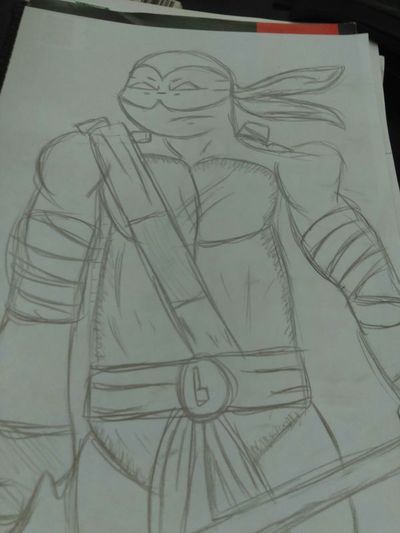
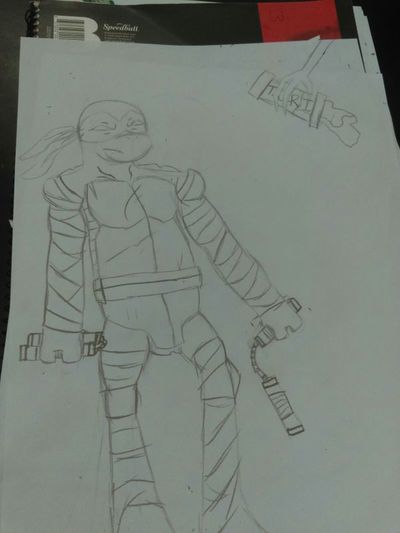
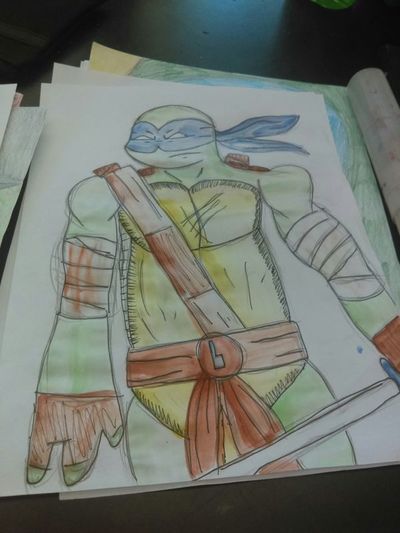
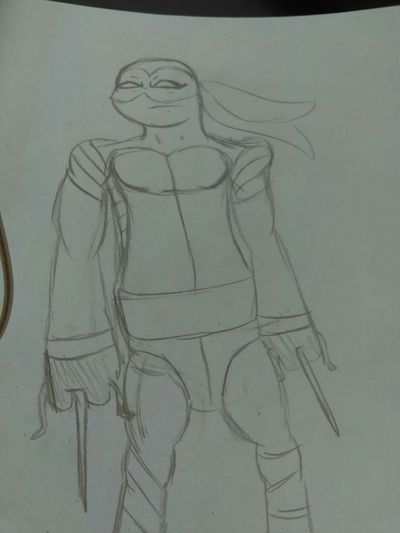
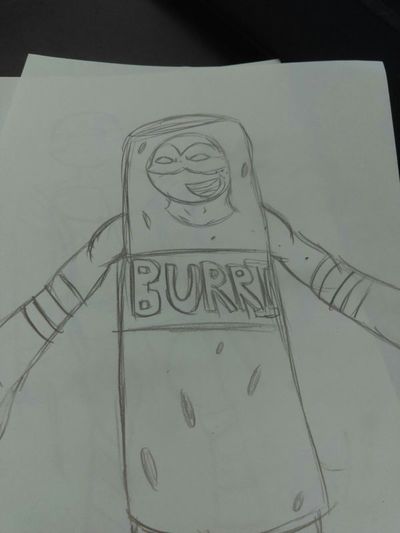

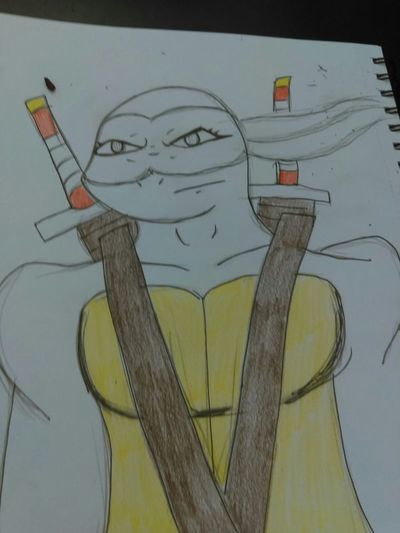
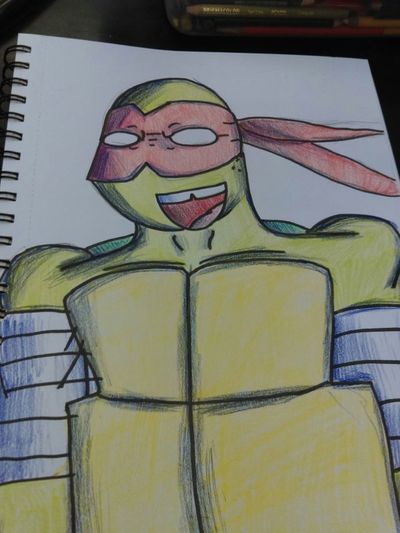
 RSS Feed
RSS Feed